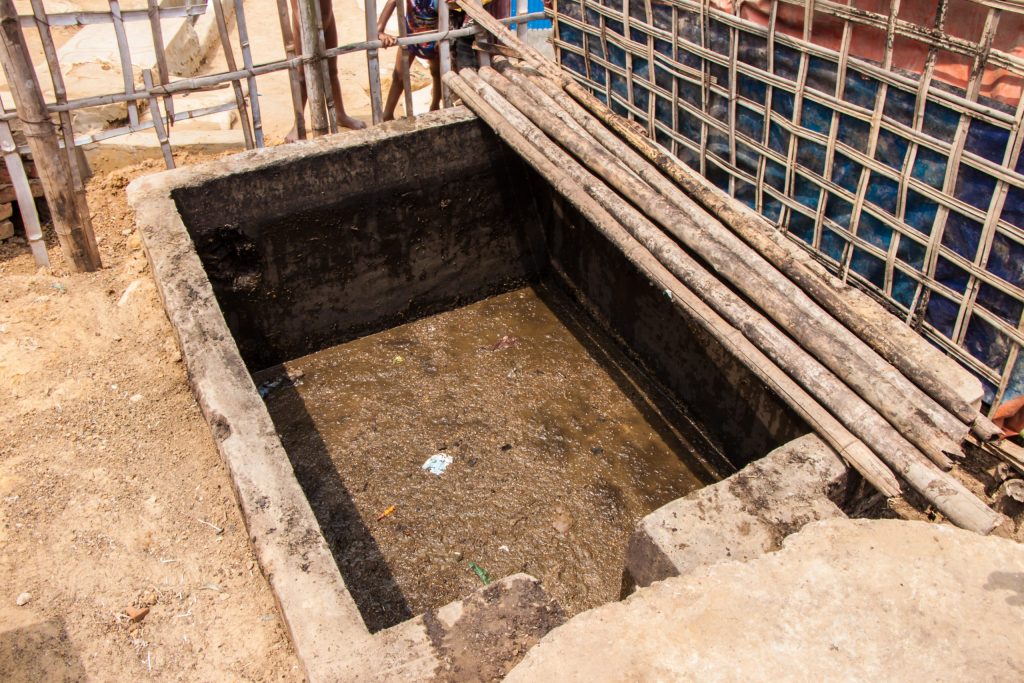6.4.5 Effluent Management
During the assessment, it was observed that the digestate from the biogas plants was primarily collected in a designated collection chamber with the intention of periodic desludging. The time interval for desludging ranged from 7 to 120 days, and the sludge was transported to the semi-centralized treatment plant for further treatment.

Biogas plants can be designed and set up to maximise their advantages and ensure efficient operation. However, certain identified factors, such as the frequent desludging of the collection chambers and partitioning of the treatment steps, undermine the benefits of biogas digesters and make them seem less favourable compared to other systems.
Effluent from 27% of the visited biogas plants was used to irrigate vegetable gardens, specifically for crops such as tomatoes, eggplants, and beans.
This practice of using effluent for irrigation raises concerns because the effluent derived from digesters treating human excreta still retains a high risk for pathogens.
Because of the objective of the assignment, only one test was conducted to evaluate the microbial quality of the effluent. The count of faecal coliforms after anaerobic digestion was found to be 2,000 cfu/100 mL, exceeding the World Health Organization (WHO) guideline of ≤ 1,000 E. coli per 100 mL for unrestricted irrigation of crops that are likely to be consumed uncooked.
This illustrates that while biogas digesters effectively reduce the organic loading rate and produce biogas, addressing the potential public health risks associated with using and discharging inadequately treated effluent is crucial.
To mitigate these risks, it is necessary to integrate the biogas system into a comprehensive treatment system, particularly for communal and semi-centralized systems. By doing so, the effluent can undergo further treatment processes to ensure the removal of pathogens and other contaminants, making it safer for various purposes, including irrigation.
